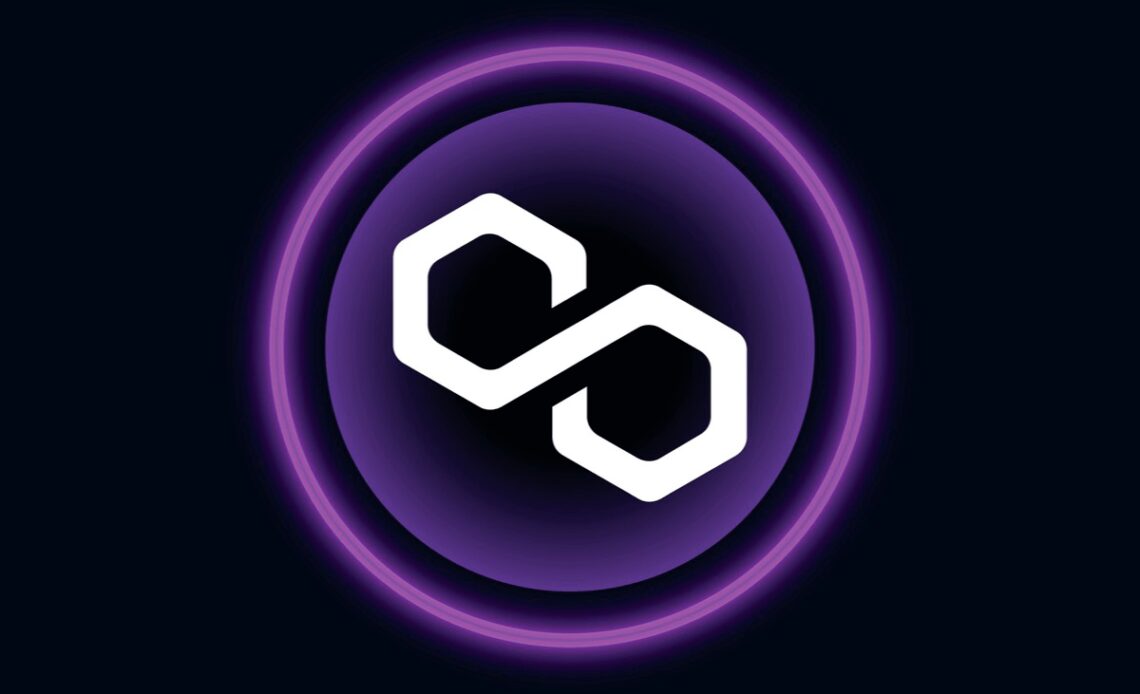Polygon (MATIC) is one of Ethereum’s premier scaling solutions. This article addresses critical questions such as “What is Polygon?”, “What is Polygon crypto?” and the specifics of “What is MATIC crypto?”. We look at Polygon’s unique blockchain architecture and its role in the evolution of the Ethereum blockchain.
In addition, we take an in-depth look at MATIC, the blockchains’ native token, and its transformation into Polygon 2.0. Last but not least, we also examine key partnerships and try to make a MATIC price prediction.
What Is Polygon MATIC?
Polygon, birthed as the Matic Network in 2017, stands as a revolutionary “Layer 2” scaling solution for Ethereum’s blockchain. It’s designed to provide a faster, more efficient parallel to Ethereum’s main blockchain, addressing critical issues like high gas fees and network congestion.
MATIC, the network’s native cryptocurrency, is pivotal for network operations, serving multiple functions including transaction fees, staking, and governance decisions. The rebranding to Polygon in early 2021 marked a significant evolution, broadening its scope from just a scaling solution to a multi-layered ecosystem.
Polygon Explained: A Comprehensive Overview
Polygon operates akin to an express lane, paralleling Ethereum’s main blockchain. It’s a complex system utilizing a variety of technologies to establish this high-speed blockchain. By “bridging” assets onto the layer-2, users can interact with popular crypto applications with greater speed and lower costs compared to Ethereum’s mainnet. The network’s construction is particularly ingenious, featuring:
- Proof-of-Stake (PoS) Consensus Mechanism: Validators on the network verify transactions and maintain the blockchain’s integrity. They receive rewards in the form of transaction fees and newly created MATIC. Delegators, who stake their MATIC indirectly, also play a critical role, albeit with less commitment than validators.
- Layered Architecture: This includes the Ethereum layer for executing critical components, a security layer offering validator services, a network layer of sovereign blockchains, and an execution layer for processing transactions.
Definition And Core Concepts Of Polygon
At its core, Polygon is not just about enhancing transaction speeds but about creating an interconnected ecosystem of Layer 2 sidechains, which it ambitiously names the “Internet of Ethereum Blockchains.” This…
Click Here to Read the Full Original Article at NewsBTC…
























